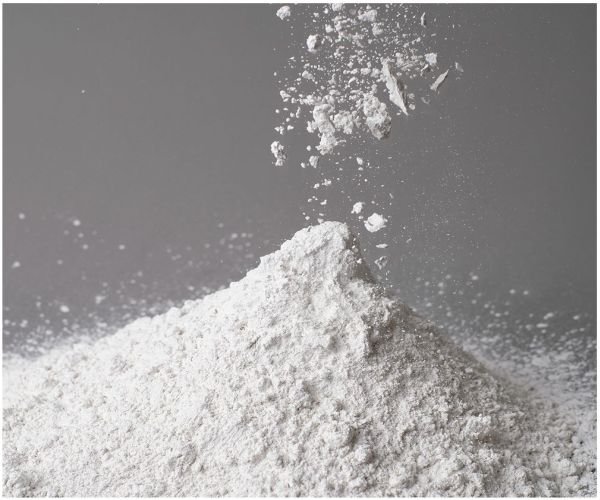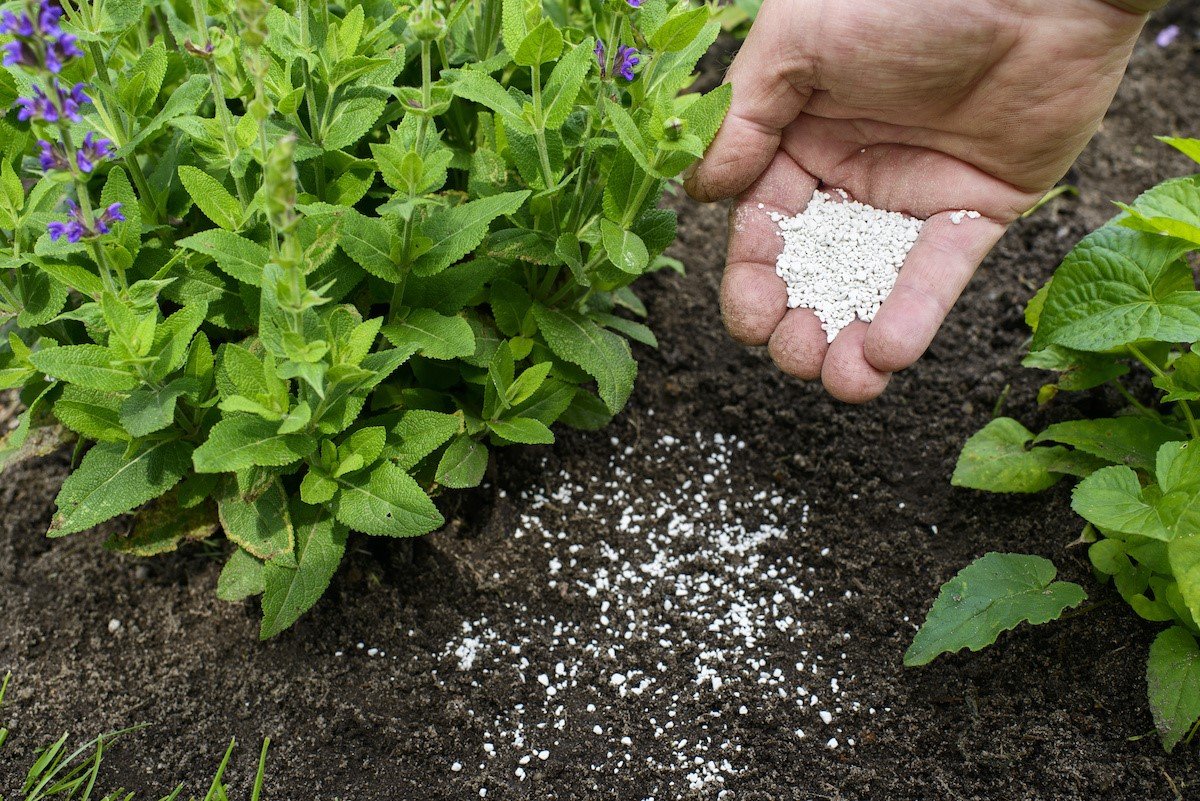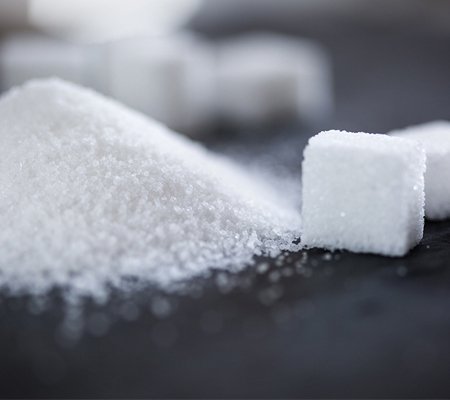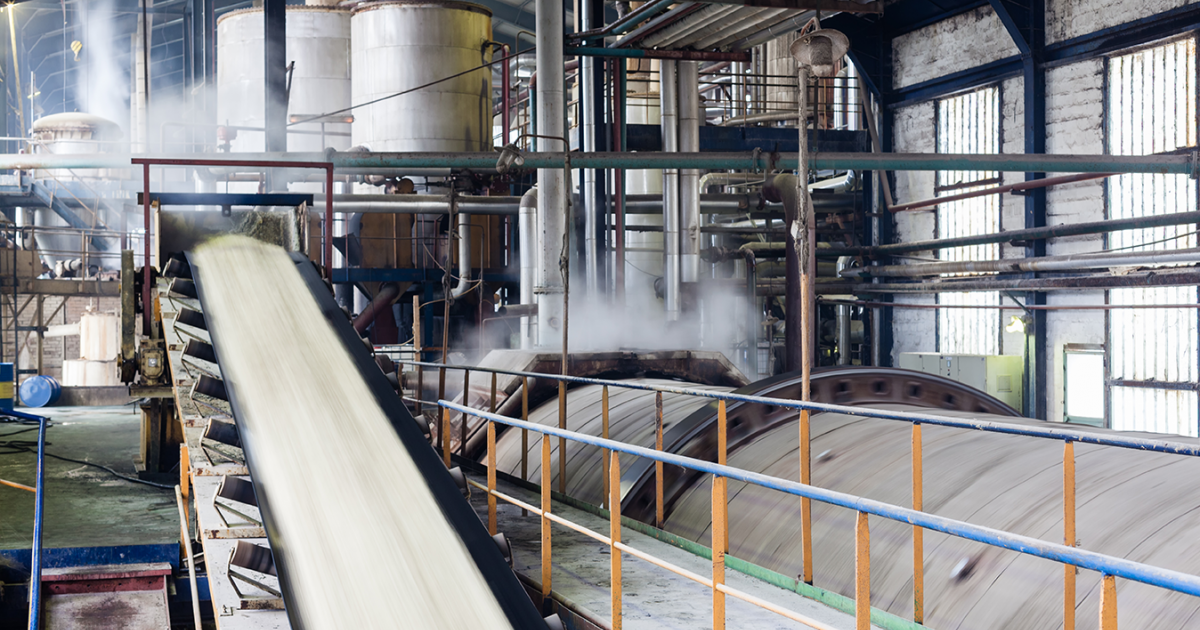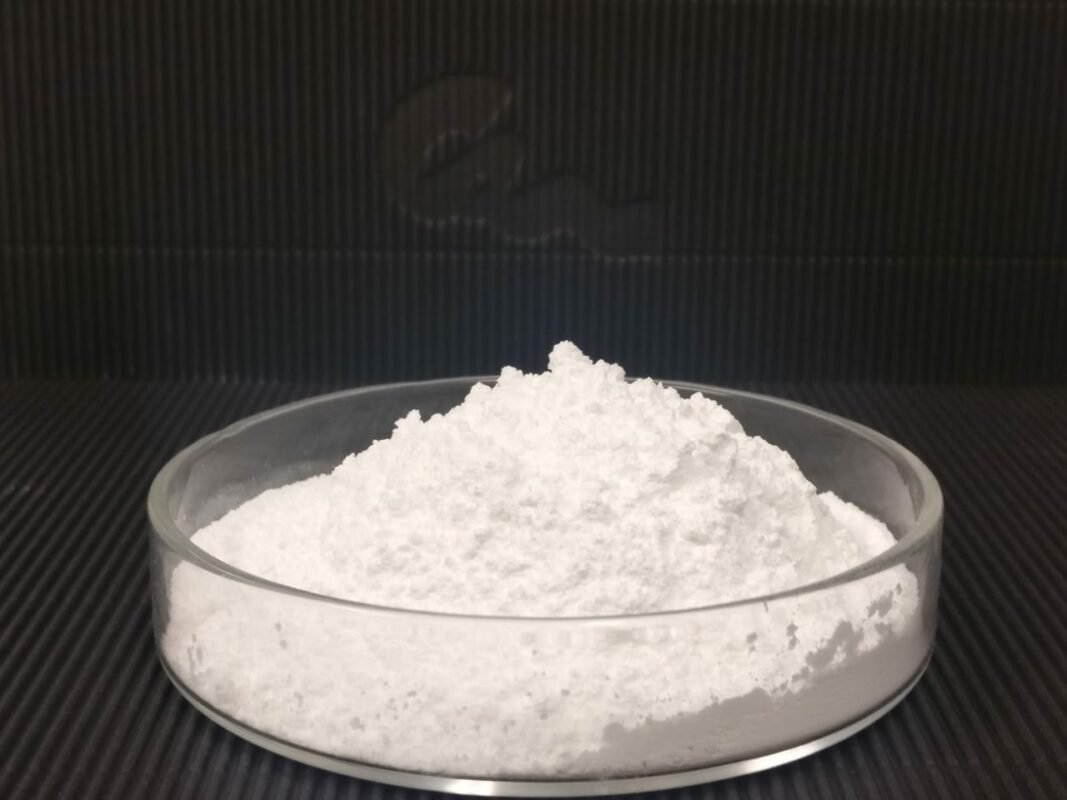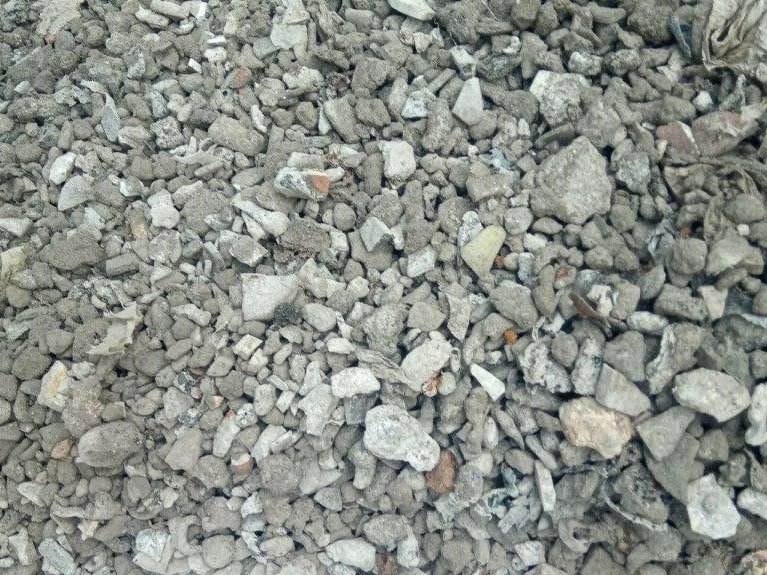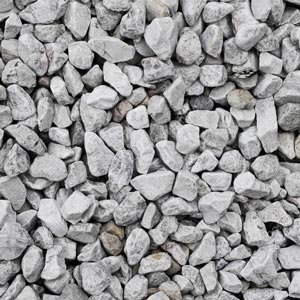Hydrated lime and quicklime are both forms of lime, but they have some distinct differences. Expert quick lime manufacturers in India exploring the differences: hydrated lime vs. quicklime.
Quicklime, also known as calcium oxide, is a white or gray powder that is created by heating limestone to a high temperature. This process, called calcination, removes water molecules and carbon dioxide, leaving behind calcium oxide. Quicklime is commonly used in industrial processes, such as steel production, sugar manufacturing, and sewage treatment.
Hydrated lime, on the other hand, is created by mixing quicklime with water. This creates calcium hydroxide, which is a white powder that is similar in appearance to quicklime. Hydrated lime is commonly used in water treatment, construction, agriculture, and other industrial applications.
Hydrated lime manufacturers said that one of the main differences between hydrated lime and quicklime is their chemical properties. Quicklime is highly reactive and caustic, which means that it can cause skin and eye irritation and can damage equipment if it is not handled properly. In contrast, hydrated lime is less reactive and less caustic, which makes it safer to handle and use.
Another difference between the two is their reaction with water. Quicklime reacts rapidly with water, releasing heat and forming calcium hydroxide. This reaction can be exothermic, which can cause burns if quicklime comes into contact with skin or eyes. Hydrated lime, on the other hand, has already undergone the reaction with water, so it does not release heat when it comes into contact with water.
In terms of applications, quicklime is mainly used in industrial processes, while hydrated lime has a wider range of application. Quicklime is commonly used in steel production as a flux to remove impurities, and in chemical manufacturing as a source of calcium. Hydrated lime is commonly used to improve water quality, reduce odors in animal waste, and increase the pH of acidic soils. It is also used to make cement, plasters and as a component in other construction materials.
Quicklime also has a longer shelf life as it is less hydrated and doesn’t absorb moisture from the air, making it more stable and usable for a longer period of time. On the other hand, hydrated lime needs to be stored in a dry place, as it is susceptible to absorbing moisture and losing its properties over time.
Finally, the cost is a significant difference between the two. Quicklime is generally less expensive than hydrated lime because it is more energy-efficient to produce and has a longer shelf life. However, the cost of hydrated lime may be lower when the cost of transportation, handling, and storage is taken into account, as it is safer to transport and store than quicklime.
Conclusion In conclusion, both hydrated lime and quicklime are forms of lime that are used in various industrial and construction applications. The main difference between the two is that quicklime is highly reactive and caustic, while hydrated lime is less reactive and less caustic. Quicklime is mainly used in industrial processes, while hydrated lime has a wider range of applications. Also, the shelf life and cost are significantly different between these two forms of lime. When choosing between hydrated lime and quicklime, it is important to consider the specific needs of your project and to select the form of lime that is best suited for the task at hand from certified Synergy Chemical Industries company.



